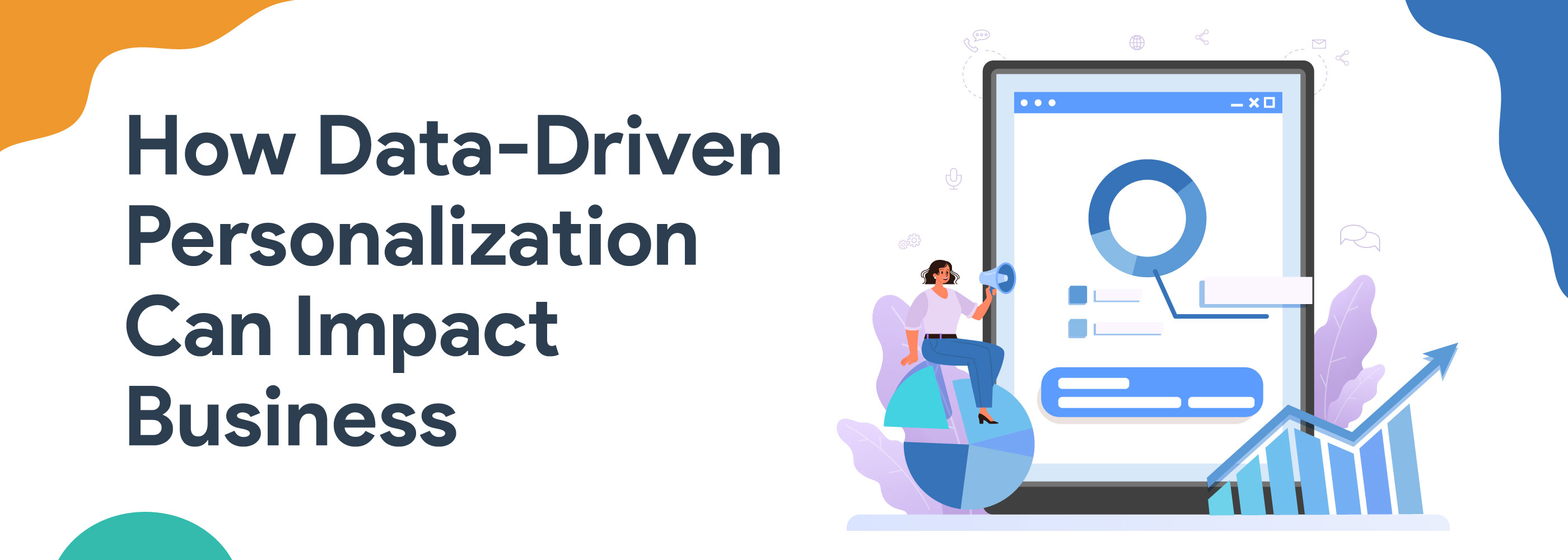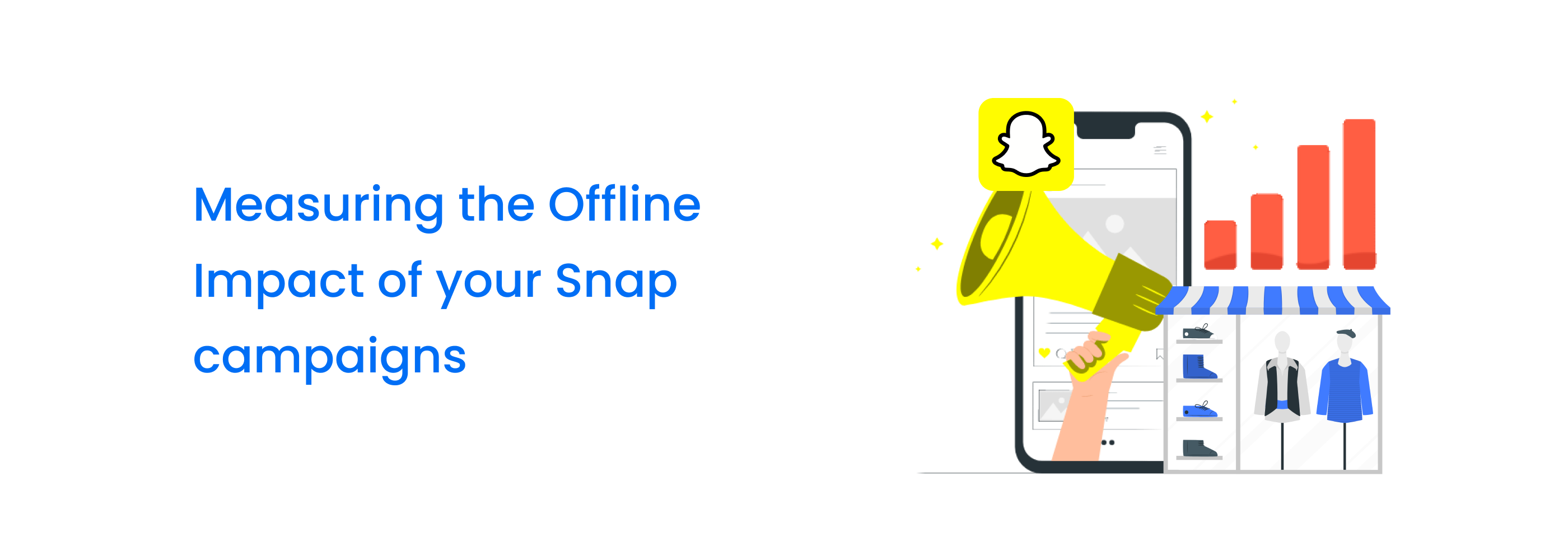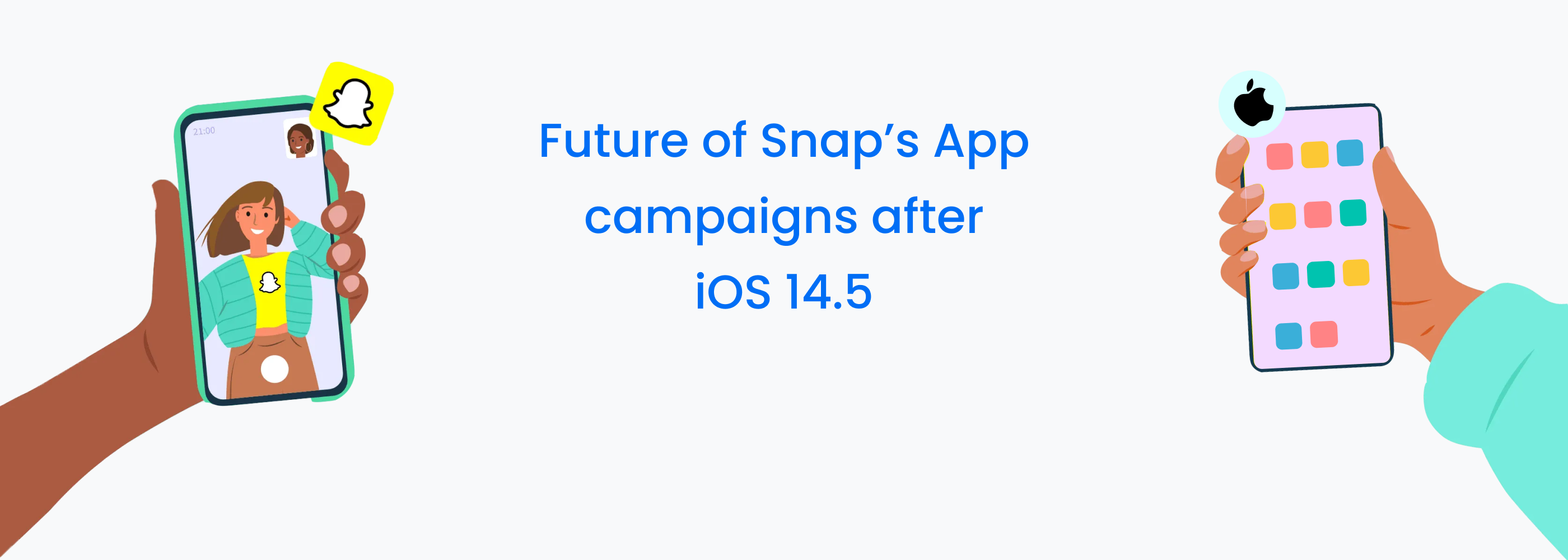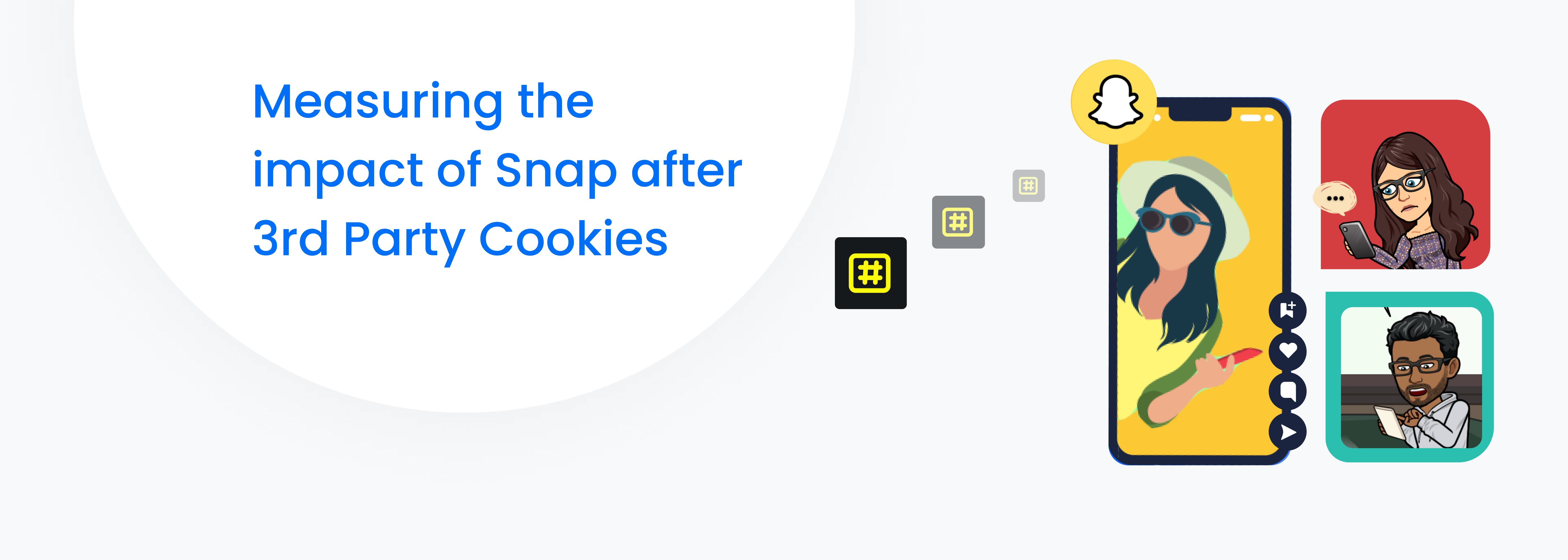How Data-Driven Personalization Can Impact Business
The concept of personalization – dynamically tailoring content and experiences to the wants and needs of your customers – is nothing new, and has been considered an online retail imperative for years. And yet, a recent study showed that while the majority of consumers want retailers to use their shopping behaviors to facilitate a more personalized experience, most retailers struggle to identify and engage their most valuable customers.
There is a very apparent disconnect between what online retailers are providing and what their consumers have come to expect. And this disconnect is costing retailers money.
The good news is this doesn’t have to be the case. Personalization is no longer reserved for retail giants like Amazon and Netflix, with massive engineering teams and deep pockets. Delivering delightful personalized online shopping experiences is now within every retailer’s reach.
Here are four ways data-driven personalization can impact customers’ experiences, and your bottom line:

Turn Abandonment into Opportunity
Shopping cart abandonment is a common – and costly – phenomenon. In fact, a recent study by Business Insider (BI) Intelligence estimates $4 trillion worth of merchandise will be abandoned in online shopping carts this year. The study also notes 63 percent of that staggering amount can be recovered by savvy online retailers.
This is where data-driven personalization steps in. Retailers can create a specific audience of shoppers who have abandoned their carts and target them with content (like special offers, promotions, and messages) to incentivize them to complete the purchase. Experiment with different offers such as an additional 25 percent off items, or free shipping. Any additional revenue you recover from these shoppers can be directly correlated with your data-driven personalization efforts.
Discover Valuable Behaviors
Every click, action and page view on your site helps paint a picture of your customers and what they care about most. Over time, this data can help you determine which behaviors indicate intent to buy and are most indicative of conversion.
Perhaps shoppers who view a product detail page five times are more likely to be top spenders, or shoppers who view customer reviews before adding an item to the cart are more likely to shop with you again.
Look at what shoppers do on your site, not just who they are. Perhaps you will build a personalized campaign for people who have purchased shoes or show an email capture form to first-time visitors. Be sure your personalization campaigns halo across all of your channels – email, ads or even offline at your brick-and-mortar store. In doing so not only will you be able to increase revenues but you will also boost your brand equity, transforming frequent shoppers into loyal brand advocates.

Turn More of Your Data Into Action
Most retailers have a wealth of data about their customers that spans beyond purchase history. However, much of this data is locked up in analytics tools or data warehouses where it can’t be used to tailor experiences. All of this data represents untapped potential to further customize your customer’s’ journey. By connecting all of the data you have at your disposal, you can create a more dynamic and more enjoyable shopping experience for your customers.
Let’s say you are an accessories company that has a loyalty program for shoppers. By integrating the data you have about these customers in your CRM (customer relationship management) into your personalization platform, you can use data about the items they have received to tailor their experience on your website. Maybe you can offer a promotion on matching earrings or perhaps you can suggest similar items they might like. The more you can serve your customers with delightful relevant experiences, the more likely they are to continue buying your merchandise.
Demonstrate Impact
While investing in personalization can often yield immense dividends, how do you know you are making headway toward improving your bottom line? This is where the type of personalization platform you use can make all the difference.
Make sure you are using a platform that empowers you to measure the aggregate impact of personalization across all of your audiences. So if you are targeting special promotions to customers who have browsed ankle-boots but none of them engaged with the promo you built for them, then maybe you need to tweak your variables. Perhaps you were focusing on the wrong audience or the promotion was not compelling.
How Will Using First-Party Data Impact Ad Personalization?

As Google phases out third-party cookies, brands begin to use first-party data to personalize ads. What does this mean for your paid marketing strategy?
Brands will need to focus on collecting first-party data. If you haven’t been gathering data about your audience, now is the time. Competitive analysis will get harder.
To summarize, first-party data is data from your actual site visitors and customers, making it easier to create a personalized experience.
Leverage First-Party Data
Before you start collecting data, take the time to figure out how you will use the data to further your marketing goals. How you plan to use the data will impact what type of data you want to collect and how you gather it.
You might use it to:
- build brand awareness
- reduce churn
- send timely ads
- drive more qualified leads
For example, if the data will be used to send more personalized email marketing campaigns, you could gather the data through an email survey.
Ask Permission to Gather the Data
One of the major issues with third-party data is some web users don’t even realize they’re being tracked. As first-party data becomes more popular (and as privacy laws limit the data we collect about our audiences), it’s important to be transparent about the data you gather. Ensure your audience clearly understands what data you collect, what you do with it, and how it’s stored. Being transparent about the data you collect and how you use it isn’t just the right thing to do, it’s required by law in some places, like the EU’s GDPR. With first-party data, you can test to figure out the best way to collect data by adjusting how you gather it or test and tweak how you use the data by A/B testing ads to see what your audience responds to.
















